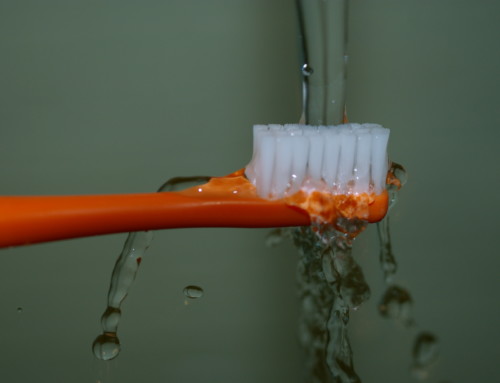 Some things don’t age gracefully, but community water fluoridation is looking great at the age of 70. This inexpensive strategy saves money and continues to reduce the rate of tooth decay for children and adults. Yes, there was a lot of research conducted about fluoridation in the 1940s and ’50s, but many more studies have been released in recent years. Together, they build a rock solid case for fluoridation’s safety and benefits. Many people wondered if fluoridation would prove valuable even after Americans began using fluoride toothpaste, but the evidence shows this strategy remains crucial. As the Centers for Disease Control and Prevention explains, “Even today, with other available sources of fluoride, studies show that water fluoridation reduces tooth decay by about 25 percent over a person’s lifetime.”
Some things don’t age gracefully, but community water fluoridation is looking great at the age of 70. This inexpensive strategy saves money and continues to reduce the rate of tooth decay for children and adults. Yes, there was a lot of research conducted about fluoridation in the 1940s and ’50s, but many more studies have been released in recent years. Together, they build a rock solid case for fluoridation’s safety and benefits. Many people wondered if fluoridation would prove valuable even after Americans began using fluoride toothpaste, but the evidence shows this strategy remains crucial. As the Centers for Disease Control and Prevention explains, “Even today, with other available sources of fluoride, studies show that water fluoridation reduces tooth decay by about 25 percent over a person’s lifetime.”
Sure, there are a handful of people who attack fluoridation. It’s nothing new. In the 1950s, University of Michigan researchers took the time to examine a long list of health conditions (ranging from acne to cancer) that critics tried to blame on fluoride. The researchers found no solid evidence to back any of these accusations. In recent years, studies have looked into similar claims by fluoridation opponents. Last August, the Royal Society of New Zealand, one of the nation’s most prestigious scientific bodies, issued a report stating that its panel was “unanimous in its conclusion that there are no adverse effects of fluoride of any significance arising from fluoridation at the levels used in New Zealand.” The facts are on our side. It’s effective. It’s safe. And it’s the reason why both children and adults today have much less tooth decay than people used to have.






Here’s to another 70 years of good work! (well until something better comes up).